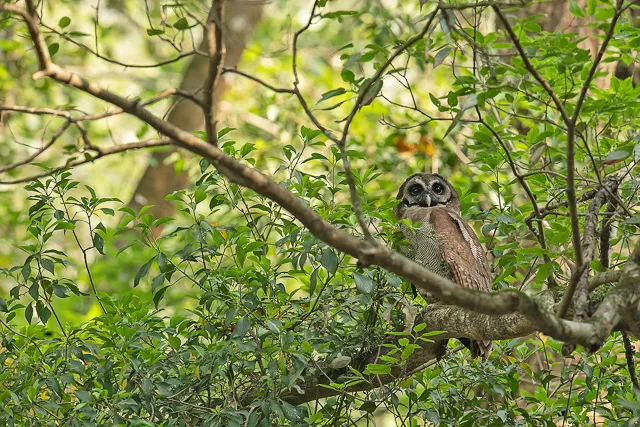About
Top Experiences
Type of Journey
Subscribe to newsletter and stay updated
Read about our travel expeditions, new destinations, new pictures, latest trip schedules
Sat Tal, also phrased as Sattal, means seven lakes. Sattal is located in Nainital at a height of 1300 metres. The place is an interlinking of seven lakes amidst the hills that are covered with thick forests. The beautiful scene of clear blue skies, thick and impenetrable forests, and the transparent freshwater lakes gives off a mysterious feeling as if the tourists have been transported to a completely new world. Such a gift of nature is not only a terrific sight but also abode to hundreds of species of wildlife, from exotic and endemic birds such as brown wood owls to mystic butterflies, from unique species of beetles to moths. The place is a birdwatcher’s paradise.
15 kilometers further from Nainital lies Pangot, another attraction of the area that boasts more than 300 species of birds. The summers in Pangot are filled with breezy days and sight of snow-capped mountains that give you the feel of the Himalayas. The place exudes a quietness that empties the mind of all worries as you gaze at the variety of birds and indulge yourself in fun-filled activities like trekking, mountain biking, camping, etc. The journey from Sattal to Pangot is a sight to behold in itself. The road is covered with Cheena peaks that are blanketed with tall and imposing trees of oak and pine.
OVERVIEW
Location: Nainital District, Uttarakhand, India
Nearest Airport: Delhi airport
How to reach: 6 hours from Delhi airport
Famous for: Prime himalyan bird watching spot
Best time to visit: November to June
WHAT TO SEE
Birds : Great Barbet, Long Tailed Broadbill, red-billed leiothrix, Verditer Flycatcher, Ultramarine Flycatcher, Maroon Oriole, Blue-throated Barbet, Streaked /Striated/Rufous-chinned Laughing-thrush, Kalij Pheasant, Cheer pheasant, the Red-billed Blue Magpie, the Black-headed Jay, Eurasian Jay, Brown Wood Owl, Crested Kingfisher, Himalayan Woodpecker and Pygmy Woodpecker, Green-tailed sunbird, eurasian griffon, red-billed blue magpie, grey-capped pygmy woodpecker, lesser Yellownape woodpecker,
Birding Trails in Sattal-Pangot Region:
Sattal has a lot of birding trails, including a long path that goes along the “studio point”, the start of this trail is famous for sightings of Brown wood owl and Long-tailed broadbill during the right season. At the end of this trail is a waterfall where brown dippers are found
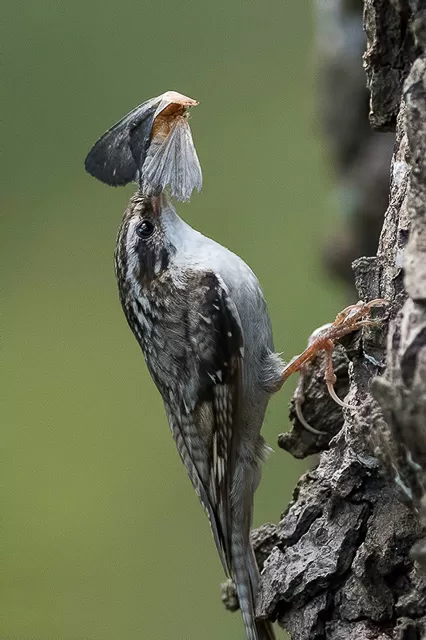
The Pangot and Sattal region is filled with playful, vibrant birds that migrate in the winter season to the lower parts of the Himalayas. The birds can be seen flocking around the lakes and over the forests. For a closer look, tourists can head to the Woodpecker Point in Pangot to catch a glimpse of vibrant red-headed Rufous-bellied Woodpeckers.
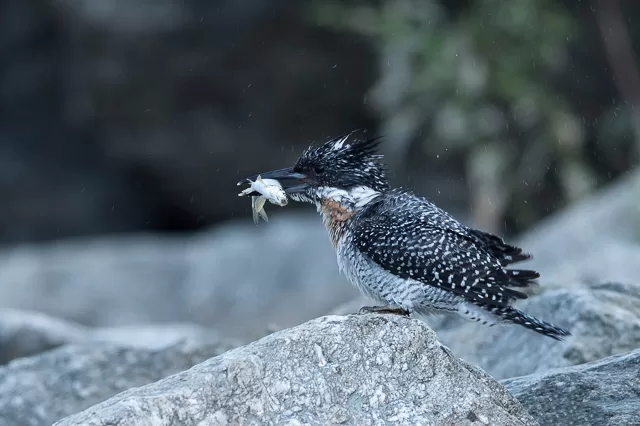
There is another such point, named Vinayak Point, in Pangot where one can watch the endangered and quaint Cheer Pheasants and Kalij Pheasant.
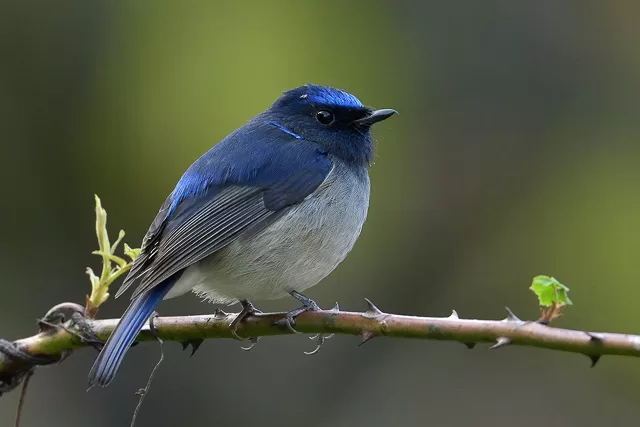
Around Sattal, the village of Chaafi is a famous hotspot for the tourists and bird enthusiasts to watch the colorful birds amidst the tranquil hills of Himalayas. One can spot the brown wood owl, Tawny Fish Owl, Crested Kingfisher, and an array of butterflies that will make the tourists remember the innocence of childhood.
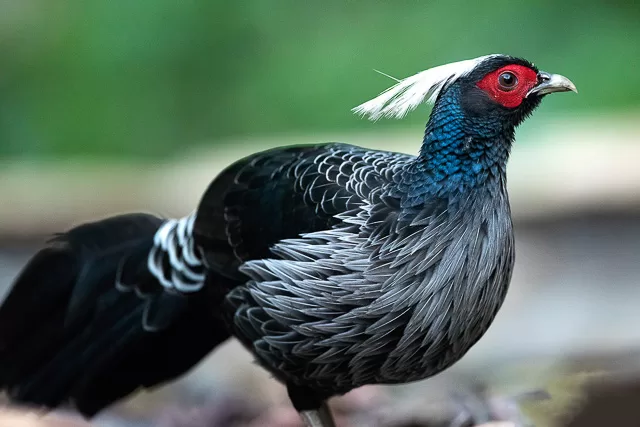
Bird Hides in Sattal:
For the convenience of the tourists and to enhance their experience by providing them the locations that are the best to watch the birds flock in their natural habitat, there are several bird hides constructed in the area of Sattal. The most famous is called the Studio and is located near the Main Road. The hide is famous for its clever positioning. The Studio is located such that the bird watchers can not only watch the birds unhindered and unperturbed, but also the position the Studio makes it possible to capture the vibrant colors of the birds on camera in the most exquisite lightings. There are various other hides in the area, such as Ashram hide. These are equally popular and a must-visit for the tourists who want to capture the best photos of the unique Himalayan birds such as:
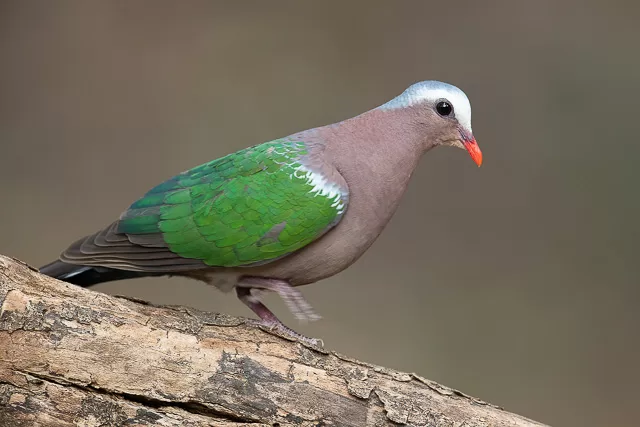
Species list:
Green-tailed sunbird, lesser Yellownape woodpecker, blue-throated Barbet, plum-headed parakeet, slaty-headed parakeet, chestnut bellied rock thrush, tits, babblers, Asian barred owlet, eurasian griffon, red-billed blue magpie, grey-capped pygmy woodpecker, brown-capped pygmy woodpecker, brown-fronted woodpecker, sclay bellied woodpecker, rufous-bellied woodpecker, Himalayan woodpecker, greater yellownape woodpecker, streak-throated woodpecker, white-throated kingfisher, pied kingfisher, common kingfisher, blue-eared kingfisher, Himalayan kingfisher, black-throated sunbird, crimson sunbird, fire-tailed sunbird, purple sunbird, thick-billed flowerpecker, plain-leaf flowerpecker, grey-headed woodpecker, scaly-bellied woodpecker, common flameback woodpecker, himalayan woodpecker, gray treepie blue whistling-thrush, lammergeier, Himalayan griffon, crested serpent eagle, flycatchers, cheer pheasants, Kalij pheasant, black-lored, black-throated tits, black bulbul, ashy-throated warblers, black-chinned babbler, rufous-breasted accentor, red-billed blue magpie, grey-winged blackbird, Koklass pheasants, dollarbird, orange bellied leaf bird, crested kingfisher, fire-breasted flowerpecker, russet sparrow, rufous babbler, pink-browed rosefinch, common wood pigeon, slaty-headed parakeet, laughing thrush, chestnut-tailed minla, lemon-rumped warblers, cheer pheasant, upland pipit, black-headed jay, scaly-breasted wren-babbler, rufous sibia, blue whistling thrush, finches, mountain hawk eagle, black eagle, Eurasian jay, white-rumped needletail, black-headed jay, common buzzard, black-chinned babbler and many more.
